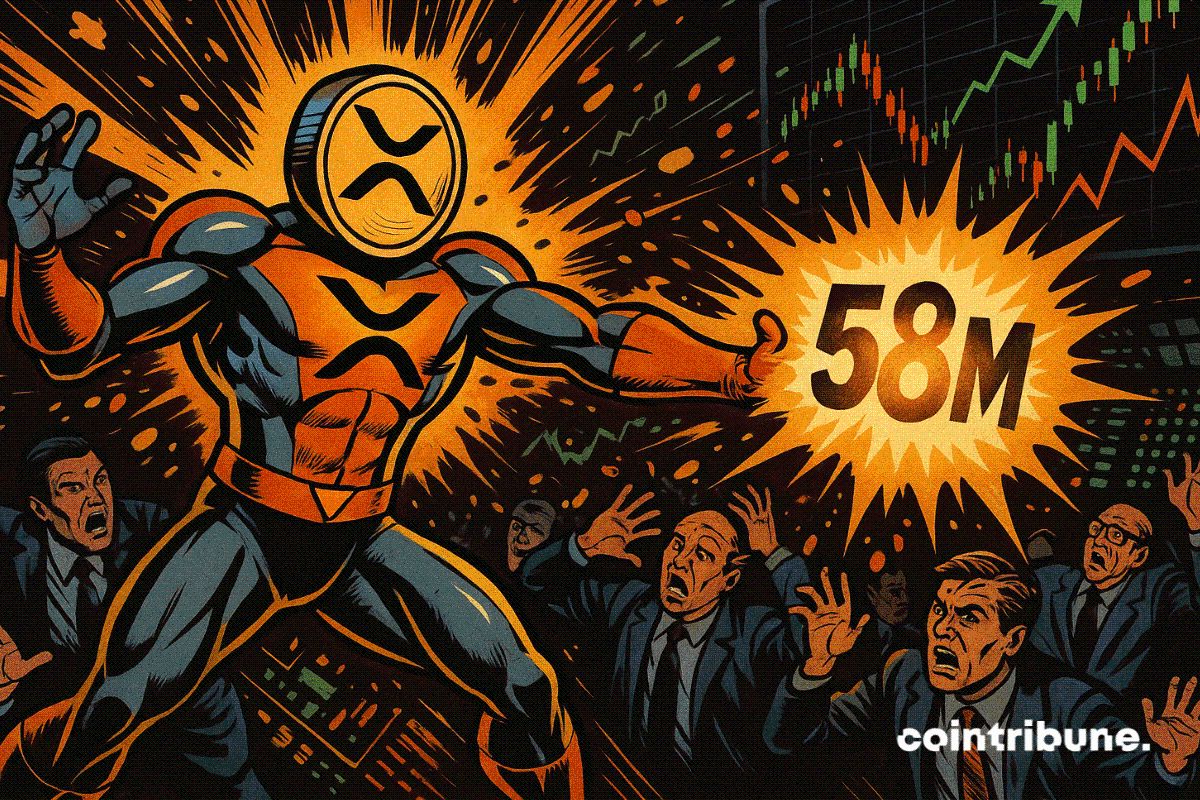Plume integrates AUSD to unlock DeFi across RWAfi
Plume, a blockchain platform for real-world asset finance, is integrating Agora’s U.S. dollar-backed stablecoin in a move that will unlock decentralized finance benefits for users and developers within the rapidly expanding RWAfi ecosystem.
The Plume team announced its Agora stablecoin integration on Monday, June 23, noting that the partnership brings the institutional-grade stablecoin to Plume. Agora, founded by Nick van Eck, will bolster Plume’s native stablecoin infrastructure, the platform said in a blog post .
AUSD is a stablecoin fully backed by USD reserves, including short-duration U.S. Treasuries and cash. VanEck actively manages the digital asset’s backing, with State Street as the custodian.
Plume eyes real-world assets market
As well as expanding Plume’s increasingly robust DeFi ecosystem, the collaboration is set to boost Agora’s own footprint in the digital dollar space. Key to these developments is a push toward dominance in the tokenized real-world assets market.
“The next wave of stablecoin adoption will be driven by utility beyond payments, and our RWAfi ecosystem will be at the center of that transformation,” Chris Yin, chief executive officer and co-founder of Plume, said in a statement.
AUSD on Plume and its Ethereum Virtual Machine environment adds to the bridging of the gap between traditional finance and decentralized finance. RWAfi adoption will include Nest, Plume’s protocol for institutional-grade staking and yield.
Notably, Agora’s stablecoin will help power Plume’s own stablecoin, dubbed Plume USD. AUSD as a reserve asset provides reliability and trusted liquidity provision for PUSD.
“As adoption of tokenized assets accelerates, users demand stablecoins that are transparent, composable, and trusted,” Agora co-founder and CEO Nick van Eck said.
Plume recently launched Plume Genesis , the platform’s public mainnet as it eyed DeFi composability for RWA. The project has partnered several institutional giants, including Superstate, Blackstone, and Invesco. It secured strategic investment from YZi Labs in March and Apollo Funds in April.
Disclaimer: The content of this article solely reflects the author's opinion and does not represent the platform in any capacity. This article is not intended to serve as a reference for making investment decisions.
You may also like
Banking, Sports, and AI: Polkadot’s New Battleground in North America!



Cash App Sets 2026 Rollout for Major Crypto Upgrade With Stablecoin and Bitcoin Payment Features

